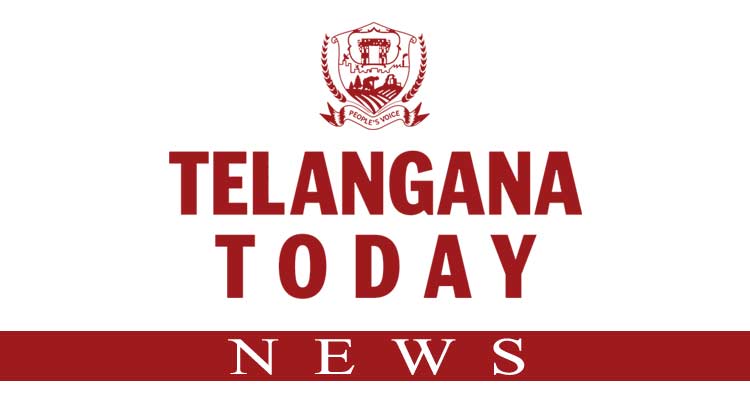India wants the World Bank to take into account several measures taken by the government at logistics front such as PM GatiShakti initiative while determining the logistics ranking of countries.
Published Date – 08:10 PM, Thu – 14 September 23

India wants the World Bank to take into account several measures taken by the government at logistics front such as PM GatiShakti initiative while determining the logistics ranking of countries.
Special Secretary in the Department for Promotion of Industry and Internal Trade (DPIIT) Sumita Dawra said that the present way of ranking by the World Bank is “very narrow”.
India improved its ranking by 6 places to 38 out of 139 countries in the Logistics Performance Index (LPI 2023) of the World Bank. The last ranking was released in April.
She said that the department is continuously engaging with the officials of the World Bank and apprising them about the several initiatives and reforms of India to draw their attention on the need for greater emphasis on objective based methodology for LPI scoring.
At present, the World Bank considers six parameters to measure performance of countries and that include customs, infrastructure, international shipments, logistics competence, tracking and tracing, and timelines.
“We feel this is a very narrow way of ranking India on an important global indices and there is lot of work going on and that should be reflected in the calculations,” She told reporters here.
The national logistics policy has fixed a target to take up India’s ranking in top 25 by 2030.
“We have analysed the parameters and the way it is done. We would like the World Bank to include our interventions and reforms which are contributing to improve logistics in India,” Dawra said.
The DPIIT will again meet the World Bank officials and present all the interventions to them on Unified Logistics Interface Platform (ULIP), logistics data bank and PM GatiShakti initiative.
“We want our ranking to improve and it will improve only when there is a realistic and factual reflection of the kinds of reforms which has happened here…We would like to showcase those and it (World Bank) should take into account these while determining our ranking,” she said.
She also said that the report on a framework to assess the logistics cost in the country is ready and it would be released by end of the month as it would help get a realistic estimate of the cost.
At present, the government is going by certain estimates, which suggest that India’s logistics cost stands at about 8-14 per cent of the country’s GDP (gross domestic product).
“Now we have a base line estimate and from next year we will do a survey based thing to calculate the cost,” she said, adding that National Council of Applied Economic Research (NCAER) and ADB have been engaged in the exercise.
Further, the special secretary said that the service improvement group constituted in March to resolve logistics related issues has so far assessed 80 issues from different departments including revenue, railways, and road.
Out of 80, 34 are resolved. There are 21 issues pertain to the CBIC (Central Board of Indirect Taxes and Customs) such as matters pertaining to some ports, GST and ICEGATE (Indian Customs EDI Gateway).
As many as 106 firms have signed non-disclosure agreements with the government to access data from the ULIP, launched on September 17 last year as part of the national logistics policy.
It is a digital gateway for enabling industry players to access logistics-related datasets from various government systems through request and response-based application programming interface (API) integration.




